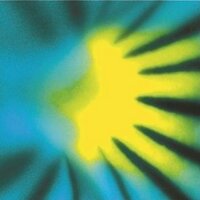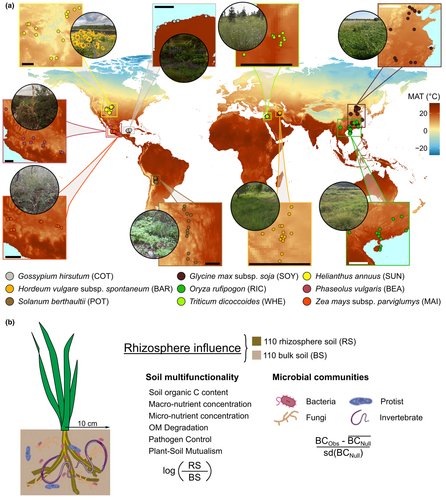
arawstern
@amanda_rawstern
Biology PhD Candidate in the Afkhami Lab at UM where I study microbial community assembly and plant-microbe interactions. USDA-NIFA Predoctoral Fellow.
ID: 1571860336621531145
https://arawstern.wixsite.com/home 19-09-2022 13:55:03
106 Tweet
171 Followers
432 Following

Stop by at Ecology of Mycorrhizal Fungi session at 11:15 for my talk and at Genomics session at 4:00 for Damian Hernandez talk! #MSAfungi24




Check out this National Geographic story on the Florida reef gecko!! Not gonna lie, feels like a life goal accomplished to be quoted/mentioned in NatGeo 🥹🤩 hopefully this brings more attention to these overlooked little geckos! Thanks Marlowe Starling ! nationalgeographic.com/animals/articl…


New paper from the lab- The abundant fraction of soil microbiomes regulates the rhizosphere function in crop wild progenitors - in - Ecology Letters - Wiley Online Library led by Miguel de Celis Also first paper from Global Sustainable Agriculture & Environment associate project with Pablo García-Palacios ManuDelgadoBaquerizo




Interested in how we can leverage all this fancy new omics data to improve plants for productivity under climate change? julia serres and I share our ideas in this new review: nature.com/articles/s4158…


Our Manuscript is out in The Plant Cell - seeing is believing for GA in Medicago! With Giles E D Oldroyd (he/they) 🏳️🌈 & Alexander Jones 🌈 we use a second generation GA sensor to visualize GA in developing nodules and lateral roots. doi.org/10.1093/plcell… A short 🧵on what we found :

The plant microbiome is controlled by host genes, so-called M genes. Targeted breeding of crops with high M gene activity could become a transformative technique in agriculture. nature.com/articles/s4146… Biological Sciences University of Southampton Nature Communications Nature Plants


A 'sum of their parts' usually happens when you inoculate plants with bacteria AND mycorrhizal fungi – but not always. Read our latest article in ISME Communications to understand more. academic.oup.com/ismecommun/adv…

Harnessing the plant microbiome for sustainable crop production! Happy to share our new paper! Stéphane Compant Friederike Trognitz Tanja Kostic Fabricio Cassan, Linda Johnson Microbes&Plants@AIT AIT nature.com/articles/s4157…



Incredibly proud to share this work, almost 6 years in the making, out in Science Magazine!!! 🎇 We've known for over a century that eukaryotes of all kinds anticipate the seasons (think: hibernation, flowering, reproduction), but what about bacteria?🦠 science.org/doi/10.1126/sc…




